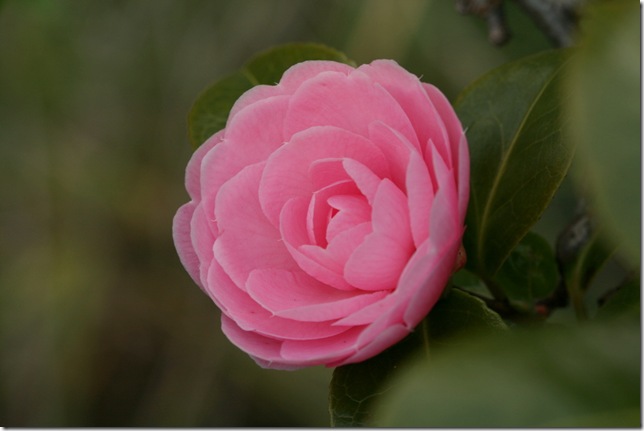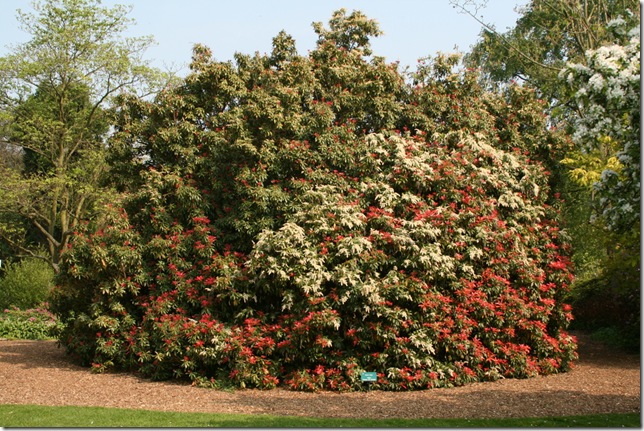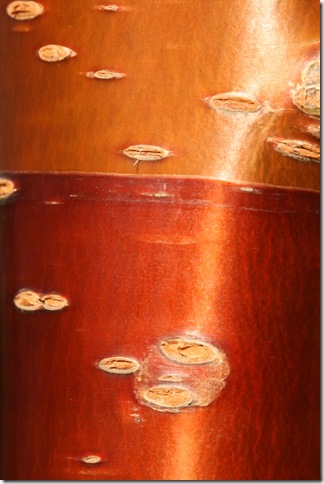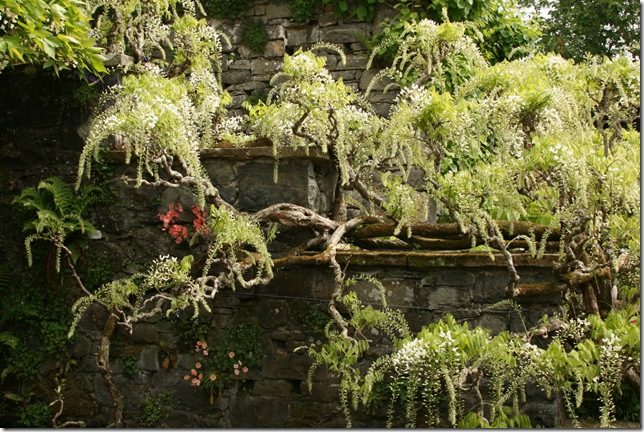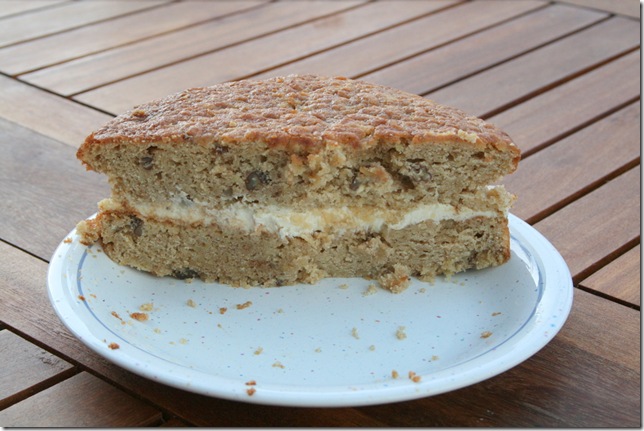In December of 2010 I wrote a blog post about what my 2011 gardening year would involve. As it’s now 2012, and it is obligatory to review the previous year (whether on TV, in the papers, in blogs, or in your own head), I thought I’d revisit my Almanac for 2011 post…
January:
Hmmm. I was a bit optimistic about planting my tulips belatedly. In the end I didn’t plant them until May. They didn’t grow.
Parsnips remained stuck in the ground until February, and then were the size of baobab trees, and just as edible. At least I didn’t make cake.
February:
I did order seed potatoes in both autumn and January. On the plus side, we have enough potatoes stored in the garage to see us through any food shortages over the next 12 months. As long as we don’t mind eating just potatoes.
March:
Yup, still no snowdrops.
April:
Hurrah, hurrah! I didn’t buy any lettuce seed this year. Unfortunately, I didn’t get round to sowing more than one lot of lettuce. Perhaps I should try VP’s 52 week salad challenge this year.
I sowed parsnip seeds and they came up! Freak warm weather conditions mean that this will not happen again.
May:
Ah yes, the weeds… I know foraging is all the rage, but to be honest, there’s a reason why we don’t eat most of these foods any more. I’m looking at you, ground elder, fat hen and bittercress. Although none of these taste as bad as the strawberry spinach we grew once and are forever cursed with. Eat soil – it’s tastier.
June:
Well, my skills with a hoe haven’t improved. I’m sure we didn’t need so many onions, anyway.
July:
I skipped planting out the poor, lanky sprouts and put them straight into the compost bin, thus cutting out the middleman and saving time and effort. Shop-bought sprouts for Xmas dinner; small sprout plants were bought and planted in September – they may just be producing sprouts in time for December 2012.
August:
Ah ha! A triumph! I only planted out 2 courgette plants. Isn’t it amazing how big the devils can grow when you turn your back for a week? This year, I might try hollowing one out and use it for punting down the River Dee.
Did someone say something about a drought? South East England may be lacking in water, but up here in the North West, the horsetails are growing so lush that I fear to part them in case I come across some vicious predators from the past. Ah, wait – I did:

September:
I was as circumspect with the squash plants as I was with the courgettes this year. And yet, and yet… the growth was still sufficient to allow indigenous tribes to evolve and then, come October frosts, emerge blinking from the blackened foliage.
October:
I think you’ll find I was right about the achocha. Like eating small green porcupines. Except with less flavour.
November:
Ah yes, the pumpkin avalanche in the conservatory. I’m considering going into the decorating business – pumpkin puree makes very good wallpaper paste, and we have industrial quantities of pumpkins to get through.
December:
Ha ha! I’ve planted all my bulbs! It’s good that I’ve learnt something over 12 months. It’s nice to know that I must be at least as intelligent as a slime mould. Although slime moulds would probably be capable of remembering to buy snowdrops.
I will make no predictions about what 2012 will bring from a gardening point of view, except that we will have a new companion whilst doing it this year. At what age can babies recognise the difference between parsnip seedling leaves and ground elder?
A happy gardening new year to you all. May your seedlings flourish.

